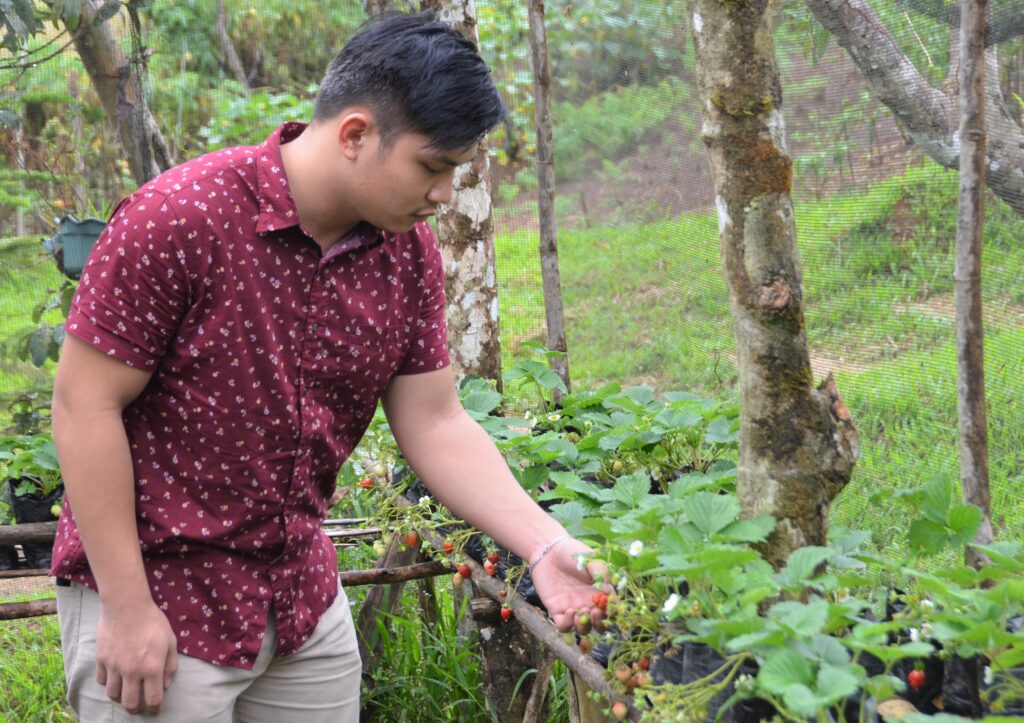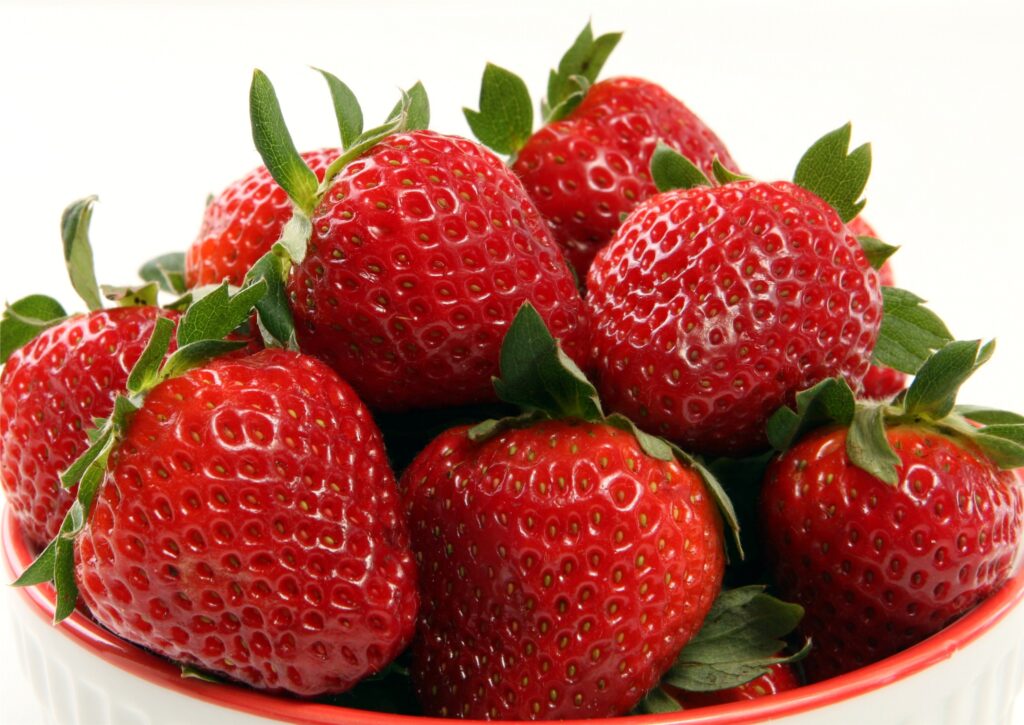Text and Photos by Henrylito D. Tacio
When it comes to preventing cancer, can what you eat make a difference?
Certain foods are high in antioxidants, which mop up the free radicals that contribute to cancer. But in studies, it’s been a challenge to tease apart the effects of diet alone on cancer risk since people who eat foods rich in antioxidants also tend to exercise more and avoid smoking, other factors that are known to lower the chances of developing cancer.
Now, in a small study presented at the American Association for Cancer Research, researchers uncovered more intriguing evidence that diet may influence the cancer process, even before it begins. Among three dozen participants at high risk of developing esophageal cancer in China, it turned out that eating strawberries helped prevent early lesions from developing into tumors. That’s right – strawberries.
There are several other healthy reasons why you should eat strawberries, according to Alicia Cox, author of an article which listed other health benefits of the fruit known in the science world as Fragaria ananassa.
For one, strawberries boost immunity. “Strawberries are an excellent source of vitamin C,” says Toronto-based registered dietitian Madeleine Edwards.
Most mammals – except for human beings – have the ability to produce vitamin C naturally, which is why it’s so important to get your daily requirement. “One serving of strawberries contains 51.5 mg of vitamin C – about half of your daily requirement,” Edwards says. “Double a serving to one cup and get 100 percent.”
Vitamin C is a well-known immunity booster, as well as a powerful, fast-working antioxidant. A 2010 study of the University of California at Los Angeles discovered that the antioxidant power in strawberries becomes “bioavailable” or “ready to work in the blood” after eating the fruit for just a few weeks.
Here are tips for growing strawberries in the Philippines, according to the Bureau of Agricultural Research:
Buy strawberry plants at the nursery for planting as you can work the ground (fall in warm climates). Make sure the plants are certified disease-free; strawberries can carry viruses that not only will kill the crop but also will spread through your garden.
Choose a site that has excellent drainage, gets full sun, and warms up early in the spring so blossoms aren’t destroyed by late frosts. A gentle, south-facing slope is ideal. If your soil drains poorly, grow strawberries in raised beds or containers.
Till the planting bed thoroughly to a depth of at least 12 inches, removing all traces of weeds and grass, and dig in plenty of compost or well-cured manure to ensure the rich, fertile soil that strawberries need. The soil’s pH should be slightly acid, from 5.5 to 6.5.
Dig a hole for each plant five to seven inches wide and deep enough to accommodate the roots. Set the plant into the hole with the crown just above ground level, and fill in the soil so that the roots are completely buried.
Spacing depends on the planting method you choose.
Use the “matted row” planting method for the easiest maintenance. Set plants 18 inches apart in rows three to four feet apart. The plants will send out runners with abandon, with each runner producing a new little plant.
Keep the spaces between rows open by returning to the berry patch after each harvest and removing the outermost plants from both sides of each row.
You can either snip the runners and dig up the attached plants or simply run a mechanical tiller down the row.
Remove some of the original “mother” plants from each row at the same time, leaving the newest plants, which will bear more vigorously the following season. Treat the crop as a biennial, plowing the plants under after the first harvest and starting over the following spring.
Use the “hill” method for a longer-lasting bed or if you have limited growing space. Set plants 12 inches apart on all sides, whether in rows or a cluster (just be sure the bed is small enough that you can reach into it comfortably).
Cut off all runners as soon as they appear. This way, the plants direct all their energy into fruit production and should give you ample harvests for six years or more.
Make sure young plants get at least an inch of water a week. Mulch to conserve moisture and deter weeds. A light material such straw or salt hay is ideal for both purposes.
Avoid letting any fruit develop the first year, regardless of which planting method you use. Instead, pick off each blossom as soon as you see it – forming and ripening even a berry or two will weaken a plant so much that the following year’s production will be cut drastically.
Pick all strawberries the day they ripen, and eat or preserve them as soon as possible: overripe fruit spoils quickly on or off the vine.



